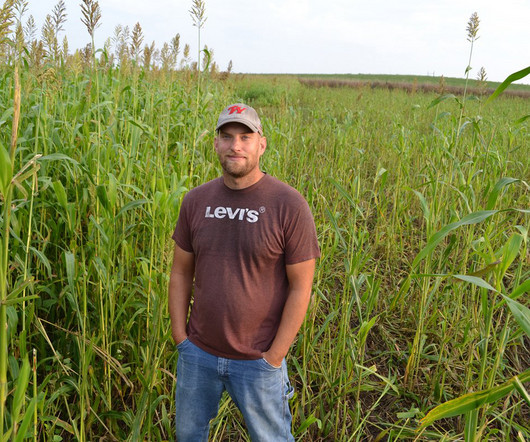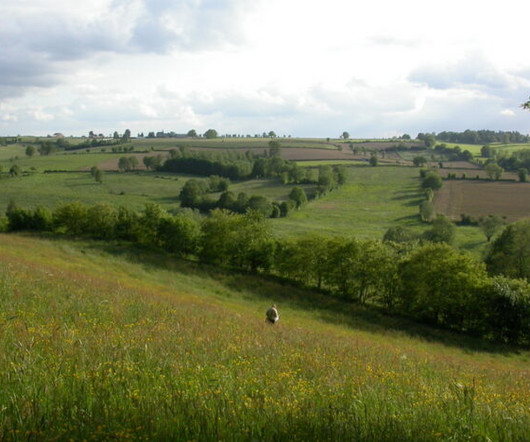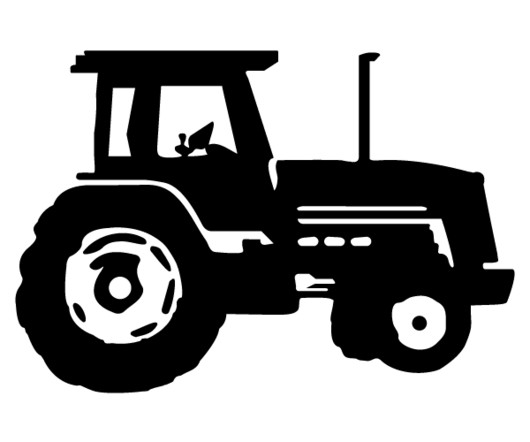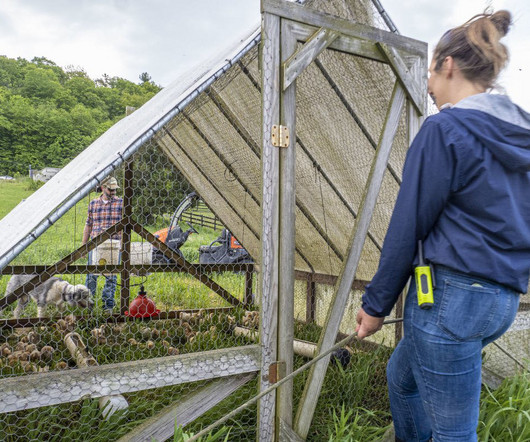Can Taller Cover Crops Help Clean the Water in Farm Country?
Civil Eats
FEBRUARY 27, 2024
The tall forage stands out in southeastern Minnesota’s corn and soybean fields, which this time of year have been reduced to stubble poking through the snow. It works as both a cover crop and forage for the cattle, and it’s helping Bedtka build up organic matter in his soil. That’s where the sorghum-sudangrass comes in.













Let's personalize your content